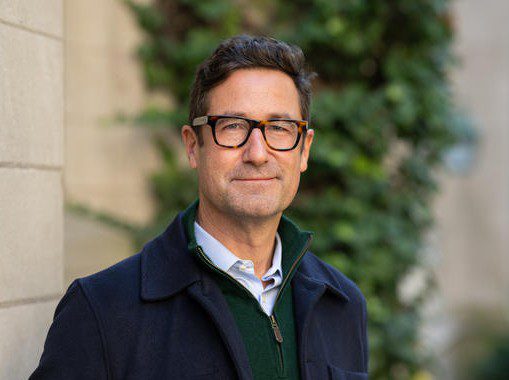bbaudez@princeton.edu
Basile Baudez specializes in eighteenth- and nineteenth-century European architecture. Focusing on the role of architecture in politics and society, his latest research investigates the ways in which textile elements shape our understanding of urban space.
Read Professor Baudez’s full biography on the Department of Art and Archaeology website.













